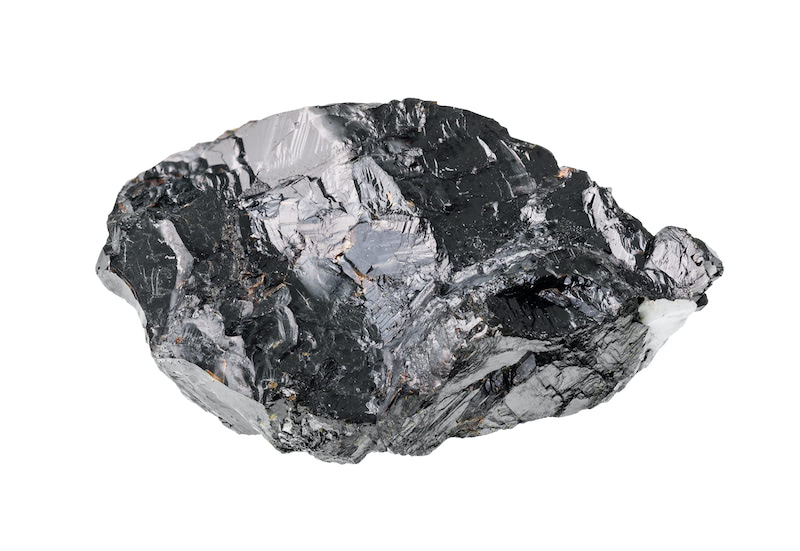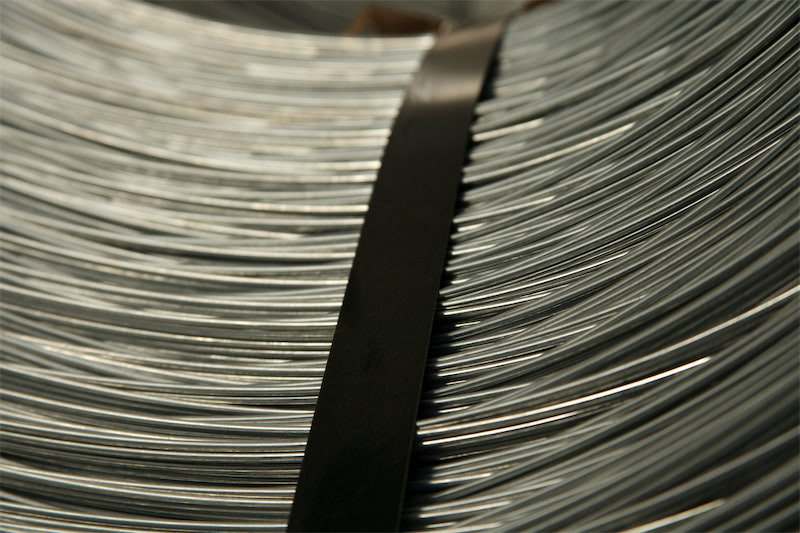






SHANGHAI, Sep 8 (SMM) - Market rumours have been flying around since the end of last year that Indonesia would ban bauxite exports. Indonesian President Joko Widodo said on September 7 that Indonesia might lose in the ongoing trade dispute with the European Union, which involves Indonesia’s ban on nickel ore exports that started in 2020. Joko Widodo reiterated that Indonesia will stop exporting copper ore, bauxite and tin ore in an attempt to encourage foreign investment and boost the country’s resource processing value chain.
While some mines in Indonesia obtained a certain amount of export quotas in the second half of this year, Chinese alumina refineries who currently rely on Indonesian ore still need to plan early for alternatives, given the country's growing determination to halt the exports of bauxite. The followings are SMM’s brief analysis of the current mainstream alternatives to Indonesian bauxite.
Guinean bauxite
The total amount of bauxite reserves in Guinea is estimated to have exceeded 24 billion mt, and bauxite deposits are distributed across the country. The proven bauxite reserves in the country stand at 7.4 billion mt, accounting for one third of the world's total and ranking first in the world. Guinean bauxite is characterised by easy access to mining sites, basically no need to strip non-mineral soil, open-pit mining, as well as high ore grade. Its alumina and silica contents are 45-60% and 1-4% respectively. Furthermore, each bauxite deposit typically contains several million to several billion mt of bauxite. Some Guinean bauxite is bodhmite, which can be used in low-temperature production lines, while most of them are suitable for processing in high-temperature production lines. The only problem is that the low-temperature production lines need to be transformed into high-temperature production lines, and the excessive content of some organic substances requires treatment.
Australian bauxite
Australian bauxite is concentrated in three areas: one is northern Queensland, namely the Weipa and Gove areas near the Gulf of Carpentaria, and the other is the Darling Ranges in the southern part of Perth, Western Australia. The above two areas accommodate the world's largest proven bauxite reserves that can be developed. The third is the Mitchell Plateau in the northern part of Western Australia. Bauxite in Gove area is mainly gibbsite, which can be processed by low-temperature production lines, while the rest is mostly a mixture of gibbsite and monohydrate bauxite, which is adaptable to high-temperature production lines. However, the ore in this area has fairly high content of organic substances and some ores have a low Al/Si ratio, hence there are higher requirements on red mud sedimentation.
Montenegro bauxite
Montenegro bauxite is featured by high aluminium content, low silicon content, fewer impurities and stable quality. It is monohydrate bauxite, of which diaspore accounts for roughly 8%, which is very close to Chinese bauxite and can be directly used in high-temperature Bayer production lines. Due to cave mining, Montenegro bauxite has low moisture and thus does not freeze in winter, which is especially suitable for use by alumina refineries in north China. Meanwhile, the content of organic substances of Montenegro ore is very low, hence no special treatment is required for long-term use. Due to its low sulphur content, it can also be blended with local high-sulphur bauxite for use.
Jamaican bauxite
Jamaican bauxite deposits are close to the surface of the ground, making it for easy for open-pit mining. Bauxite mines are located close to ports, making it convenient for shipping. The advantages of Jamaican bauxite lie in its low silicon content, good stability, small size, and Al/Si ratio of up to 30. It also has low water content, thus suitable for alumina refineries in north China to use in winter. Jamaica also has a certain amount of boehmite, which can be directly used in high-temperature production lines by mixing it with other ores. Its disadvantage is that its content of organic substances is high, which requires special treatment if it is used alone for a long period of time.
Bauxite from other countries
Bauxite from other countries also has different characteristics and is also suitable for different production lines. Brazilian bauxite is mostly gibbsite type, and its moisture content is lower than that of Indonesian ore, but is basically close to that of Australian ore. It is suitable for low-temperate production lines by mixing it with other ores. Bauxite deposits in India are mostly located in the western part of the country. It is also the gibbsite type, which is basically lumpy and difficult to grind. Uneven grinding will affect sedimentation. Solomon bauxite has a particle size similar to that of Jamaican ore and is also gibbsite type. It has high content of organic substances and is suitable for use in low-temperate production lines by blending with other ores. Malaysian bauxite is close to Indonesian ore, and better ore grade is achieved after the washing process. Some Malaysian bauxite ore can also be used without washing. The Al/Si ratio of Ghana bauxite is very high and can reach more than 30. It is applicable to all types of production lines, but its output is small and its prices are high. Turkish bauxite has a high content of titanium dioxide (12%) and calcium oxide, which can be blended with other ores and used in high-temperature production lines, but it is difficult to extract alumina.
For queries, please contact Lemon Zhao at lemonzhao@smm.cn
For more information on how to access our research reports, please email service.en@smm.cn

